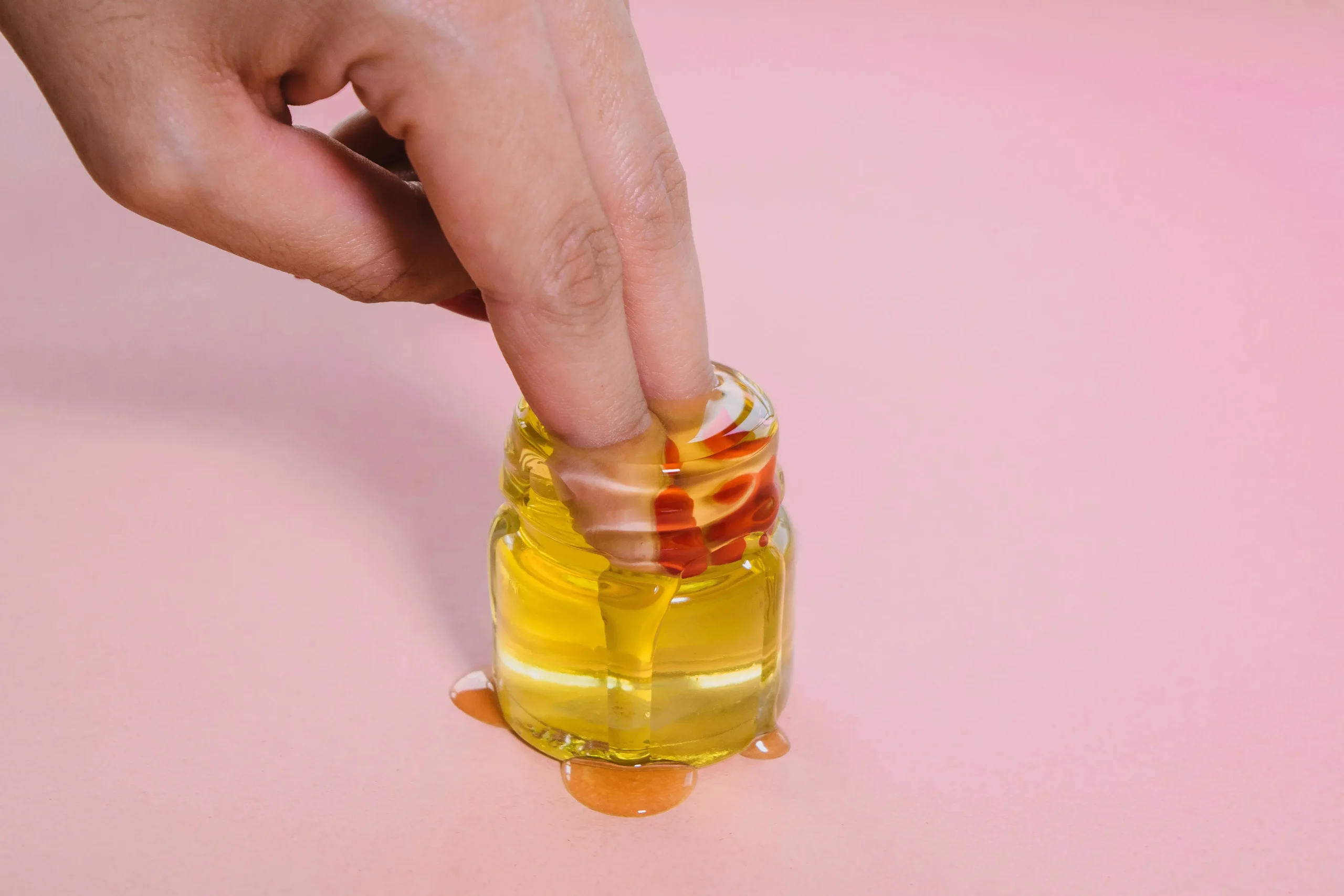Dyspareunia, a term often shrouded in silence, refers to the experience of pain during sexual intercourse, a condition that affects individuals regardless of gender. This discomfort, varying in intensity and location, can occur at the surface or in deeper regions of the sexual organs, impacting both the physical and emotional aspects of intimacy. While commonly associated with women, dyspareunia does not discriminate, affecting men as well, though its manifestations and implications may differ.
The onset of pain, which can occur during penetration, thrusting, or even after intercourse, often signals a complex interplay of physical, hormonal, and psychological factors. Understanding dyspareunia is crucial, not only for improving sexual health and comfort but also for uncovering potential underlying health conditions that require attention.
This article delves into the multifaceted nature of dyspareunia, exploring its causes, the spectrum of symptoms experienced by sufferers, and the latest in treatment and prevention strategies. Our goal is to shed light on this often misunderstood condition, offering insights and guidance for those seeking relief and a path back to enjoyable, pain-free intimacy.

Causes of Dyspareunia: Delving Deeper into the Complexities
Dyspareunia, or pain during sexual intercourse, is a multifaceted condition influenced by an array of factors. These causes, ranging from physical injuries to psychological stressors, can significantly impact an individual’s sexual health and intimacy. Understanding the underlying causes is crucial for effective treatment and management.
Hormonal Factors
Hormones are integral to sexual function, and imbalances can lead to discomfort during intercourse. In women, reduced estrogen levels, often seen during menopause, after childbirth, or as a result of certain medical treatments, can cause vaginal dryness and elasticity loss, leading to painful sex. In men, hormonal imbalances, such as decreased testosterone, can affect erectile function and libido, potentially causing pain or discomfort during sexual activity.
Physical Causes
- Injuries and Trauma: Trauma to the sexual organs, whether due to surgery, sports injuries, accidents, or aggressive sexual activities, can result in scars or tears that cause pain during intercourse. This category includes conditions like postpartum tearing or episiotomy in women and penile fractures or foreskin issues in men.
- Medical Conditions: Several medical conditions can manifest as dyspareunia. For women, endometriosis, where tissue similar to the lining inside the uterus grows outside it, can cause severe pain during and after sex. Pelvic inflammatory disease, uterine fibroids, and ovarian cysts are other potential culprits. Men might experience pain due to conditions like Peyronie’s disease, which involves the development of fibrous scar tissue inside the penis, or prostatitis, an inflammation of the prostate gland.
- Infections: Infections, particularly STIs like chlamydia, gonorrhea, or herpes, can cause significant pain during intercourse. Yeast infections and bacterial vaginosis in women, and balanitis or urethritis in men, can also lead to discomfort during sexual activity.
Psychological Factors
Emotional and mental health plays a vital role in sexual well-being. Anxiety, depression, stress, and past sexual trauma can all contribute to dyspareunia. These issues can cause a cycle of pain where the fear of discomfort leads to muscle tension and heightened pain perception during sex, further exacerbating the problem.
Vaginismus and Related Conditions
Vaginismus in women involves involuntary spasms of the vaginal muscles, making penetration painful or impossible. Men can experience similar issues, like chronic pelvic pain syndrome, where persistent pain in the pelvic region affects sexual function.
Lifestyle and Environmental Factors
Lack of lubrication, which can be due to insufficient foreplay or reduced arousal, is a common cause of painful intercourse. Additionally, certain medications, like antidepressants or hormonal contraceptives, can impact sexual function and comfort.
Relationship Dynamics
Interpersonal issues with a partner, such as lack of communication, unresolved conflicts, or dissatisfaction in the relationship, can manifest as physical discomfort during intercourse, highlighting the intricate connection between emotional intimacy and physical well-being.
In conclusion, dyspareunia is a complex condition with a spectrum of potential causes. A thorough understanding of these factors is essential for identifying the appropriate treatment strategies, which can range from medical interventions to psychological support, ensuring a path toward improved sexual health and quality of life.
Treatments for Dyspareunia: Tailoring Your Path to Relief
Effective treatment of dyspareunia hinges on a nuanced understanding of its causes, emphasizing a personalized approach that addresses the specific needs of each individual. The journey to alleviating pain during intercourse may involve a combination of medical interventions, lifestyle adjustments, and psychological support.
Lubrication and Hormonal Therapies
Addressing vaginal dryness is a fundamental step for many women experiencing dyspareunia. Over-the-counter lubricants can provide immediate relief during intercourse, while hormonal therapies, such as topical estrogen creams, can offer a more long-term solution by addressing the underlying hormonal imbalances. Natural aphrodisiacs like Spanish Fly Pro help in vaginal lubrication, the natural way. With no side effects, you get to benefit and enjoy sex. You get to experience increased libido, and in turn, higher sexual arousal.
Medications and Antibiotics
When infections are the root cause, appropriate medication is key. Antifungal creams for yeast infections, antibiotics for bacterial infections, and targeted treatments for STIs can alleviate the infectious contributors to dyspareunia. Pain relievers and anti-inflammatory medications may also be prescribed to reduce discomfort during healing.
Physical Therapy
For conditions like vaginismus or pelvic floor dysfunction, physical therapy can be incredibly beneficial. Pelvic floor physical therapists specialize in techniques that relax and strengthen the pelvic muscles, reducing pain and improving sexual function. Exercises, biofeedback, and manual therapy are common components of this treatment approach.
Surgical Interventions
In cases where structural anomalies, such as fibroids or endometriosis, are causing pain, surgical interventions may be necessary. These procedures aim to remove or correct the underlying issues, thereby alleviating dyspareunia. Patients must discuss the potential risks and benefits of surgery with their healthcare providers.
Psychological and Emotional Support
Since psychological factors can play a significant role in dyspareunia, counseling or sex therapy may be recommended. These therapies provide a safe space to explore emotional or relational factors contributing to pain, offering strategies to manage anxiety, improve communication, and enhance overall sexual well-being.

Lifestyle Modifications
Simple lifestyle changes can have a profound impact on alleviating dyspareunia. For instance, practicing relaxation techniques, optimizing foreplay, and experimenting with different sexual positions or activities can reduce pain and enhance comfort during intercourse.
Collaborative Care
Often, a multidisciplinary approach is most effective, involving gynecologists, urologists, physical therapists, and mental health professionals. This collaborative effort ensures a comprehensive treatment plan that addresses all facets of dyspareunia.
Preventing Dyspareunia: Proactive Measures for Sexual Well-being
Preventing dyspareunia involves a multifaceted approach that encompasses lifestyle adjustments, sexual health practices, and, importantly, an understanding of one’s body. While not all cases of dyspareunia can be prevented, taking proactive steps can significantly reduce the risk and enhance overall sexual comfort.
Maintain Good Hygiene
Proper genital hygiene can ward off infections that might lead to dyspareunia. For women, this includes wiping from front to back to prevent bacterial contamination and changing sanitary products regularly. Men should ensure proper cleaning of the penis, especially under the foreskin.
Optimal Lubrication
Adequate lubrication is essential to reduce friction and prevent injuries during intercourse. If natural lubrication is insufficient, water-based lubricants can be a beneficial supplement. Avoid products with irritants or allergens that could contribute to discomfort.
Safe Sexual Practices
Using condoms not only reduces the risk of STIs but also minimizes the chance of irritation and infections that can lead to pain. Discussing sexual health openly with partners and regular STI screenings are crucial preventive measures.
Appropriate Clothing
Wear breathable, non-restrictive clothing and underwear to reduce the risk of irritation and infections. Moisture-wicking fabrics can be particularly beneficial in maintaining a healthy genital environment.
Mindful Sexual Activity
Pay attention to the body’s signals during sex. If something feels uncomfortable, stop and reassess. Experimenting with different positions may also alleviate discomfort by reducing pressure on sensitive areas.
Manage Health Conditions
Regular check-ups can help manage conditions that contribute to dyspareunia, such as endometriosis or hormonal imbalances. Timely treatment of any medical issues is crucial in preventing pain during intercourse.

Stress Reduction
Since psychological factors can play a significant role in dyspareunia, incorporating stress-reduction techniques like mindfulness, yoga, or therapy can be beneficial in preventing anxiety-related sexual pain.
Strengthen Pelvic Floor Muscles
Exercises to strengthen the pelvic floor can improve control and alleviate pain. However, it’s essential to balance strengthening with relaxation techniques to prevent excessive tightness that could lead to pain.
Education and Communication
Understanding one’s sexual health and communicating with partners can prevent misunderstandings and reduce anxiety around sex, thereby decreasing the risk of dyspareunia.
Understanding and Helping Each Other: Final Thoughts on Dyspareunia
As we finish our discussion about dyspareunia, it’s clear that this issue needs our attention and care. Learning about dyspareunia helps us understand the pain some people feel during sex and shows us how important it is to look after all aspects of our health, including our sexual health.
Dyspareunia can be caused by many things and affects people in different ways. This reminds us that our sexual health is a big part of our overall health and should be taken seriously. Whether it’s dealing with hormone changes, healing from injuries, or working through emotional issues, everyone’s experience with dyspareunia is unique and important.
If you’re facing dyspareunia, reaching out for help is a brave step towards feeling better. It’s important to talk about it, whether with doctors, counselors, or support groups, so you don’t have to deal with it alone.
We should all work together to learn more about dyspareunia and help those who are dealing with it. Remember, it’s not something you have to keep to yourself. With the right information and support, dyspareunia can be managed and improved, allowing for a happier and more comfortable sexual life.
Let’s use this article to start conversations, raise awareness, and give hope to those affected by dyspareunia. By working together, we can change the way we think about and deal with sexual pain, making sure everyone has the chance to enjoy a healthy and happy sexual life.
Sources:
- Dyspareunia and vaginismus: Review of the literature and treatment | https://link.springer.com/article/10.1007/s11930-008-0008-7
- Evaluation and Treatment of Dyspareunia | https://journals.lww.com/greenjournal/Abstract/2009/05000/Evaluation_and_Treatment_of_Dyspareunia.23.aspx
- Intravaginal dehydroepiandrosterone (prasterone), a highly efficient treatment of dyspareunia | https://www.tandfonline.com/doi/abs/10.3109/13697137.2010.535226
- Painful Sexual Intercourse (Dyspareunia) | https://www.health.harvard.edu/a_to_z/painful-sexual-intercourse-dyspareunia-a-to-z
- Surgical versus medical treatment for endometriosis-associated severe deep dyspareunia: I. Effect on pain during intercourse and patient satisfaction | https://academic.oup.com/humrep/article/27/12/3450/650476
- Vaginal Estrogens for the Treatment of Dyspareunia | https://www.sciencedirect.com/science/article/abs/pii/S1743609515334494


